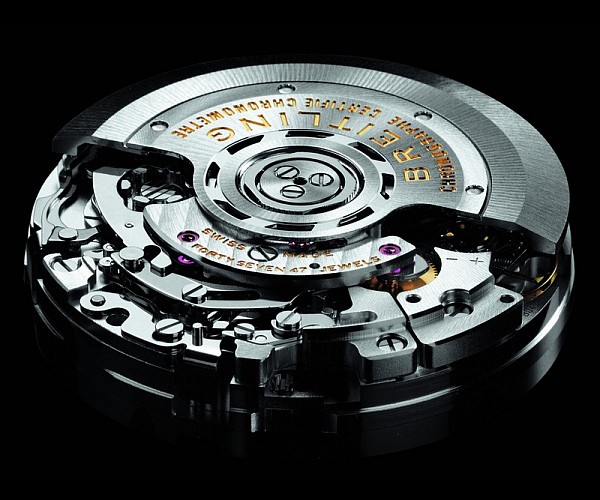I can remember when the first quartz watches came out, they were going to be the end of normal mechanical watches, just like video tape was going to be the end of theaters. Somehow, it hasn’t worked out that way, and self-winding watches are more popular than ever.
The following pictures show you the backside of a typical self-winding watch:
This watch happens to have a clear back so you can see inside. Highlighted in the second picture is a semi-circular metal piece that is the heart of a self-winding watch. Relatively speaking, this semi-circular piece is fairly heavy, and it is therefore affected by gravity. As you move the watch, this piece will move so that it is always pointed toward the ground. If you have time to load a 350-kilobyte MPEG file, then this six-second video will show you how the piece moves. As you walk, with your arm swinging back and forth, this piece moves back and forth inside the watch.
The piece is attached to a gear train that gears it way down. Each movement of your arm winds the spring the tiniest bit, but since you move your arm so much it keeps the watch wound easily. The spring in the watch stores enough energy to keep the watch going for about a day and a half if you leave it on your dresser.
For more Detail: How does a self-winding watch work?

